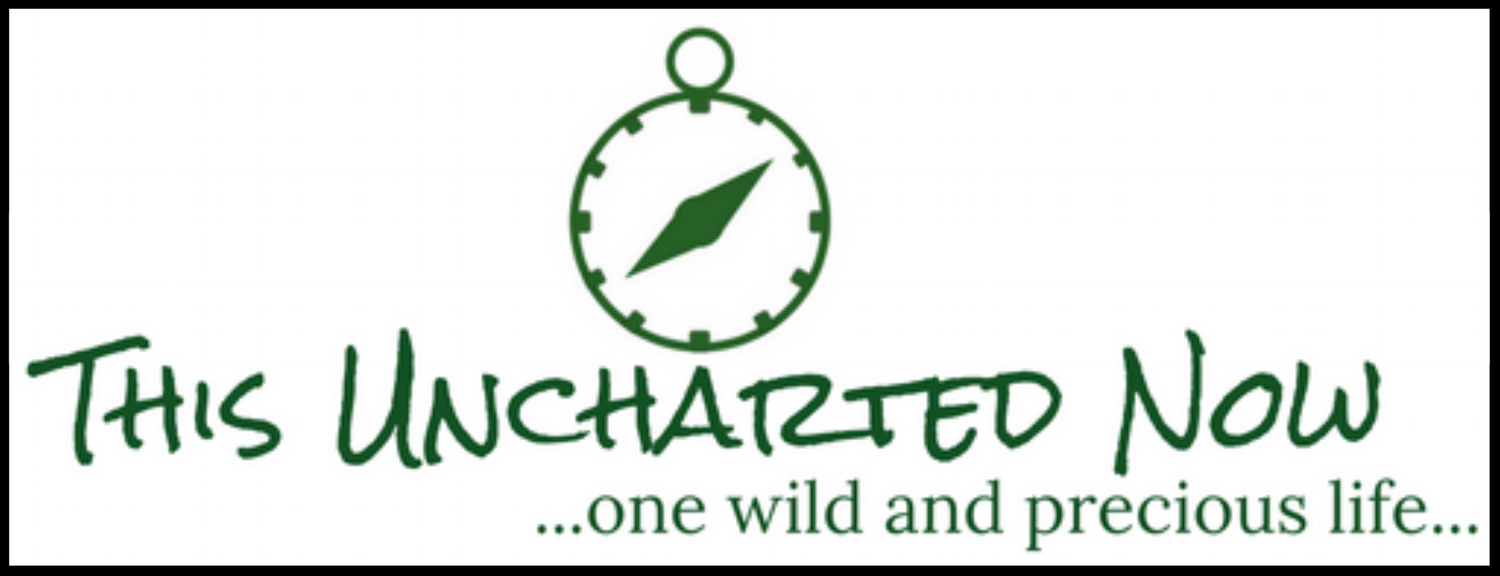Jerome D. Lubbe--Whole-Identity: A Brain-Based Enneagram Model for (W)holistic Human Thriving
Whole-Identity: A Brain-Based Enneagram Model for (W)holistic Human Thriving
I heard about the Enneagram in the mid 1990s. It was my first exposure to Fr. Richard Rohr, whose writings and presence I have come to cherish as a grounded, scholarly challenge to live the radical teachings of Jesus. But at the time, his name didn’t lend any credence to the weird, nine-pointed symbol or its ancient and complicated interpretation.
In the 1990s I was engaging the Enneagram as a spiritual tool. The nine ‘types’, each designated by a number, and their various interconnections pointed to paths to enlightenment. In business circles, the Enneagram has been used as a personality test—similar, though more complicated, than, say the Myers-Briggs test—that helps people understand their own personalities and how to interact with colleagues. There is value in both approaches. I’m in favor of any personality test that enhances self-awareness and offers insights into interpersonal relationships. And. There really does seem to be a lot more involved with the Enneagram.
For starters, there are nine types. And they are numbered, so that there’s no tacit hierarchy. None is ‘better’ or ‘worse’ than any other. Each has certain traits, but each can be lived from a totally unexamined way and each can be a path to enlightenment. The other difference is the implicit and explicit acknowledgement that no one is any one pure type. Each person comprises all types.
Secondly, whereas I can get really different results from a Myers-Briggs test depending on whether I take it wearing my hat labeled ‘director of development’ vs ‘wife and mother’ vs ‘church volunteer’, the Enneagram is more of a synthesis of all selves and all evolutions of that self. The traits that resonate with me as an adult are the same strengths I drew from and the weaknesses I battled as a teenager.
Thirdly, the Enneagram presumes the interactions of all types roiling around in me, as well as the connections among all persons of all types interacting with one another. It acknowledges that sometimes I’m going to be expressing myself under stress and sometimes from the fulness of my being. These relationships are illustratred by the lines connecting the various numbers and the shapes made by the lines. One outer circle, one inside triangle and one inside hexagon.
Each Enneagram number is connected to two adjacent others to form a triad. The three triads indicate the centers of intelligence (instinct, intuition, intellect) most strongly related to each type. And here is where the Brain-Based Enneagram Model really shines.
Let me back up for a moment. The standard Enneagram symbol has type Nine at the center top, which is in the middle of the instinct/body/gut triad.
But what Dr. Lubbe does is literally to turn the image on its head—to superimpose the ancient Enneagram onto our modern understanding of neuroscience.
Now the Nine is at the bottom. Together with the One and the Eight they form the Body Center, the triad that leads with the gut instinct level of intelligence. This triad corresponds with the brain stem. The right hemisphere of the brain corresponds to the heart center; the left hemisphere corresponds to the head center. Now, we are able to use the Enneagram holistically. As Dr. Lubbe writes, “you are not a personality. You are not even multiple personalities. You have an identity—and what creates and characterizes your identity can be charted by the nine numbers of the Enneagram. The anatomy of the brain reflects this: We are not left-brained or right-brained, we are whole-brained.” So you are not one number ‘type’. You are all nine types. “Your identity is the sum total of every good and every bad thing that has ever happened to you, including genetics.”
This seems to me a much broader and much better assessment of complex humans. Studying the Enneagram as a tool to unlock deeper insights to identity becomes an exciting adventure.
In order to make best use of this model and this book, you really need to take a RHETI (Riso-Hudson Enneagram Type Indicator) assessment as given via the Enneagram Institute website. The website offers very good resources for interpreting your assessment results. The assessment cost me $12. I think it was worth it. But I also think that expectation should have been disclosed earlier in the book. Especially since the second half of the book presumes having test results in hand.
All in all, this is a lovely book. It offers a compelling case for using both modern neuroscience and ancient symbolic tools to unlock understandings into our complex human identities. It is a good companion book for people who have already worked with the Enneagram and a good introduction for people who have not. Just the brilliant insight that we are identities—not personalities—is worth the price of admission.
Disclosure of Material Connection: I received this book free from the author and/or publisher through the Speakeasy blogging book review network. I was not required to write a positive review. The opinions I have expressed are my own. I am disclosing this in accordance with the Federal Trade Commission’s 16 CFR,Part 255.





